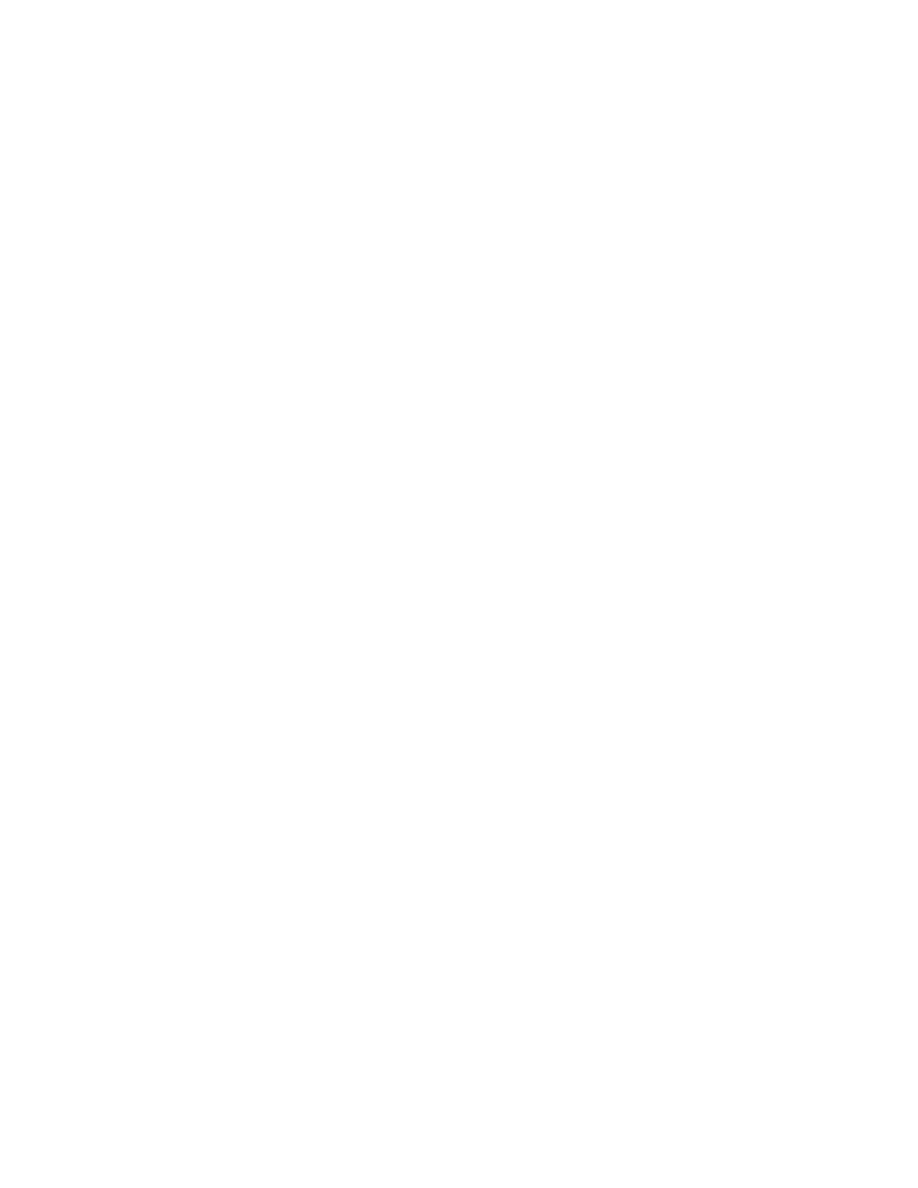
778
14 CFR Ch. I (1–1–14 Edition)
§ 29.927
drive and control systems, lubricants
must meet the specifications of lubri-
cants used during the tests prescribed
by this section. Additional or alternate
lubricants may be qualified by equiva-
lent testing or by comparative analysis
of lubricant specifications and rotor
drive and control system characteris-
tics. In addition—
(1) At least three 10-hour cycles re-
quired by this section must be con-
ducted with transmission and gearbox
lubricant temperatures, at the location
prescribed for measurement, not lower
than the maximum operating tempera-
ture for which approval is requested;
(2) For pressure lubricated systems,
at least three 10-hour cycles required
by this section must be conducted with
the lubricant pressure, at the location
prescribed for measurement, not higher
than the minimum operating pressure
for which approval is requested; and
(3) The test conditions of paragraphs
(p)(1) and (p)(2) of this section must be
applied simultaneously and must be ex-
tended to include operation at any one-
engine-inoperative rating for which ap-
proval is requested.
(Secs. 313(a), 601, 603, 604, Federal Aviation
Act of 1958 (49 U.S.C. 1354(a), 1421, 1423, 1424),
sec. 6(c), Dept. of Transportation Act (49
U.S.C. 1655(c)))
[Doc. No. 5084, 29 FR 16150, Dec. 3, 1964, as
amended by Amdt. 29–1, 30 FR 8778, July 13,
1965; Amdt. 29–17, 43 FR 50600, Oct. 30, 1978;
Amdt. 29–26, 53 FR 34215, Sept. 2, 1988; Amdt.
29–31, 55 FR 38967, Sept. 21, 1990; Amdt. 29–34,
59 FR 47768, Sept. 16, 1994; Amdt. 29–40, 61 FR
21908, May 10, 1996; Amdt. 29–42, 63 FR 43285,
Aug. 12, 1998]
§ 29.927
Additional tests.
(a) Any additional dynamic, endur-
ance, and operational tests, and vibra-
tory investigations necessary to deter-
mine that the rotor drive mechanism is
safe, must be performed.
(b) If turbine engine torque output to
the transmission can exceed the high-
est engine or transmission torque
limit, and that output is not directly
controlled by the pilot under normal
operating conditions (such as where
the primary engine power control is ac-
complished through the flight control),
the following test must be made:
(1) Under conditions associated with
all engines operating, make 200 appli-
cations, for 10 seconds each, of torque
that is at least equal to the lesser of—
(i) The maximum torque used in
meeting § 29.923 plus 10 percent; or
(ii) The maximum torque attainable
under probable operating conditions,
assuming that torque limiting devices,
if any, function properly.
(2) For multiengine rotorcraft under
conditions associated with each engine,
in turn, becoming inoperative, apply to
the remaining transmission torque in-
puts the maximum torque attainable
under probable operating conditions,
assuming that torque limiting devices,
if any, function properly. Each trans-
mission input must be tested at this
maximum torque for at least fifteen
minutes.
(c)
Lubrication system failure. For lu-
brication systems required for proper
operation of rotor drive systems, the
following apply:
(1)
Category A. Unless such failures
are extremely remote, it must be
shown by test that any failure which
results in loss of lubricant in any nor-
mal use lubrication system will not
prevent continued safe operation, al-
though not necessarily without dam-
age, at a torque and rotational speed
prescribed by the applicant for contin-
ued flight, for at least 30 minutes after
perception by the flightcrew of the lu-
brication system failure or loss of lu-
bricant.
(2)
Category B. The requirements of
Category A apply except that the rotor
drive system need only be capable of
operating under autorotative condi-
tions for at least 15 minutes.
(d)
Overspeed test. The rotor drive sys-
tem must be subjected to 50 overspeed
runs, each 30
±
3 seconds in duration, at
not less than either the higher of the
rotational speed to be expected from an
engine control device failure or 105 per-
cent of the maximum rotational speed,
including transients, to be expected in
service. If speed and torque limiting
devices are installed, are independent
of the normal engine control, and are
shown to be reliable, their rotational
speed limits need not be exceeded.
These runs must be conducted as fol-
lows:
(1) Overspeed runs must be alternated
with stabilizing runs of from 1 to 5
VerDate Mar<15>2010
10:12 Mar 18, 2014
Jkt 232046
PO 00000
Frm 00788
Fmt 8010
Sfmt 8010
Y:\SGML\232046.XXX
232046
pmangrum on DSK3VPTVN1PROD with CFR